Project log entries:
18 - Video with blinkenlights
17 - Deadline status update
16 - Connecting the tower to the UI
15 - Restarting and Ticking
14 - Twinkle twinkle little leds-on-the-bus
13 -The circle of power
12 - EPROM blues
11 - Tower of CPU
10 - Data&Address busses AKA The Leaning Tower of Pisa
9 - The finalized user interface module
8 - Test of display brightness
7 - Data bus rings
6 - First ICs bussed up
5 - First combine of modules
4 - Gimme your digits
3 - Arraying the hex keypad
2 - Making the bus-rings
1 - Straightening the wires
 matseng
matseng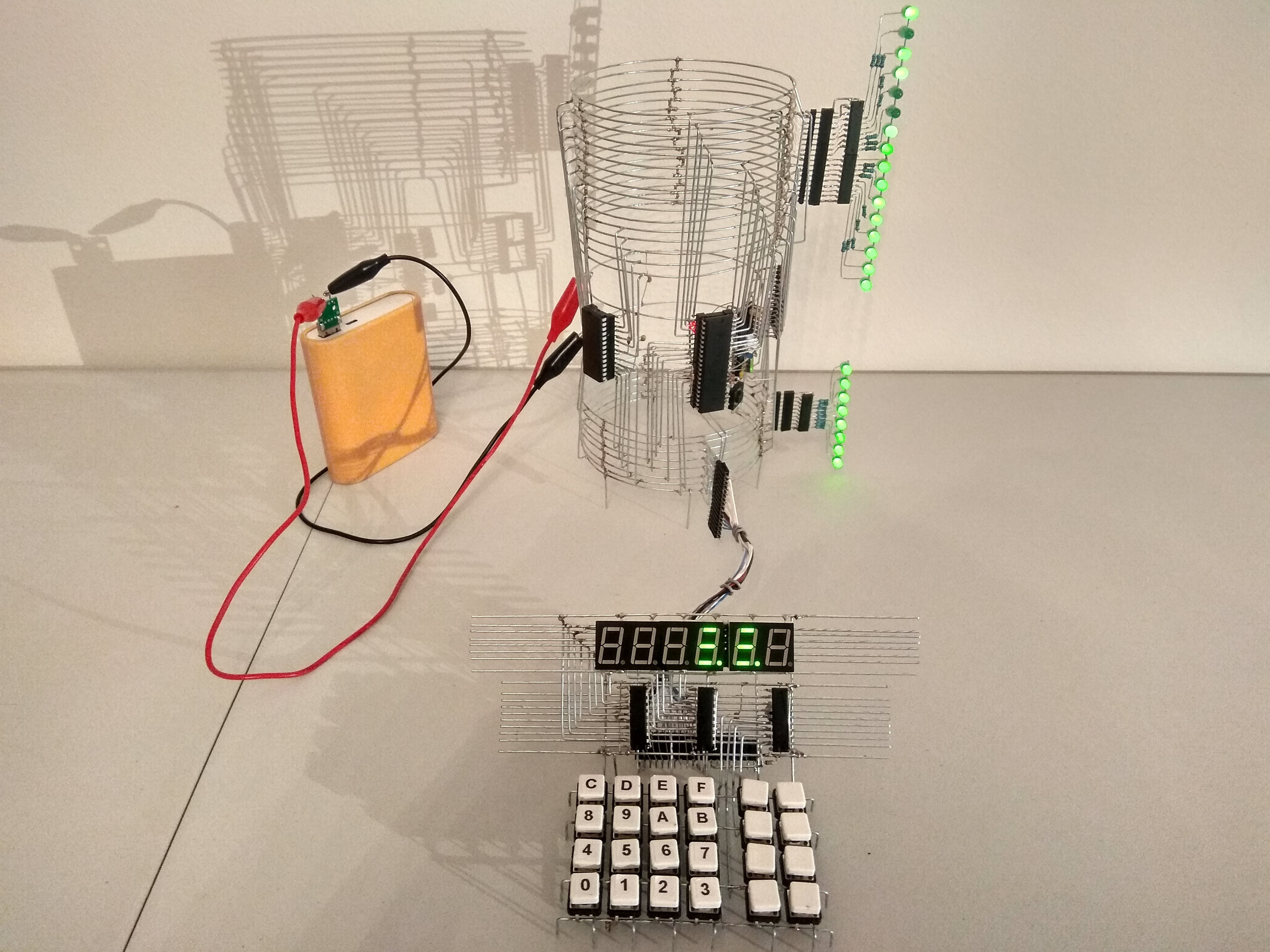
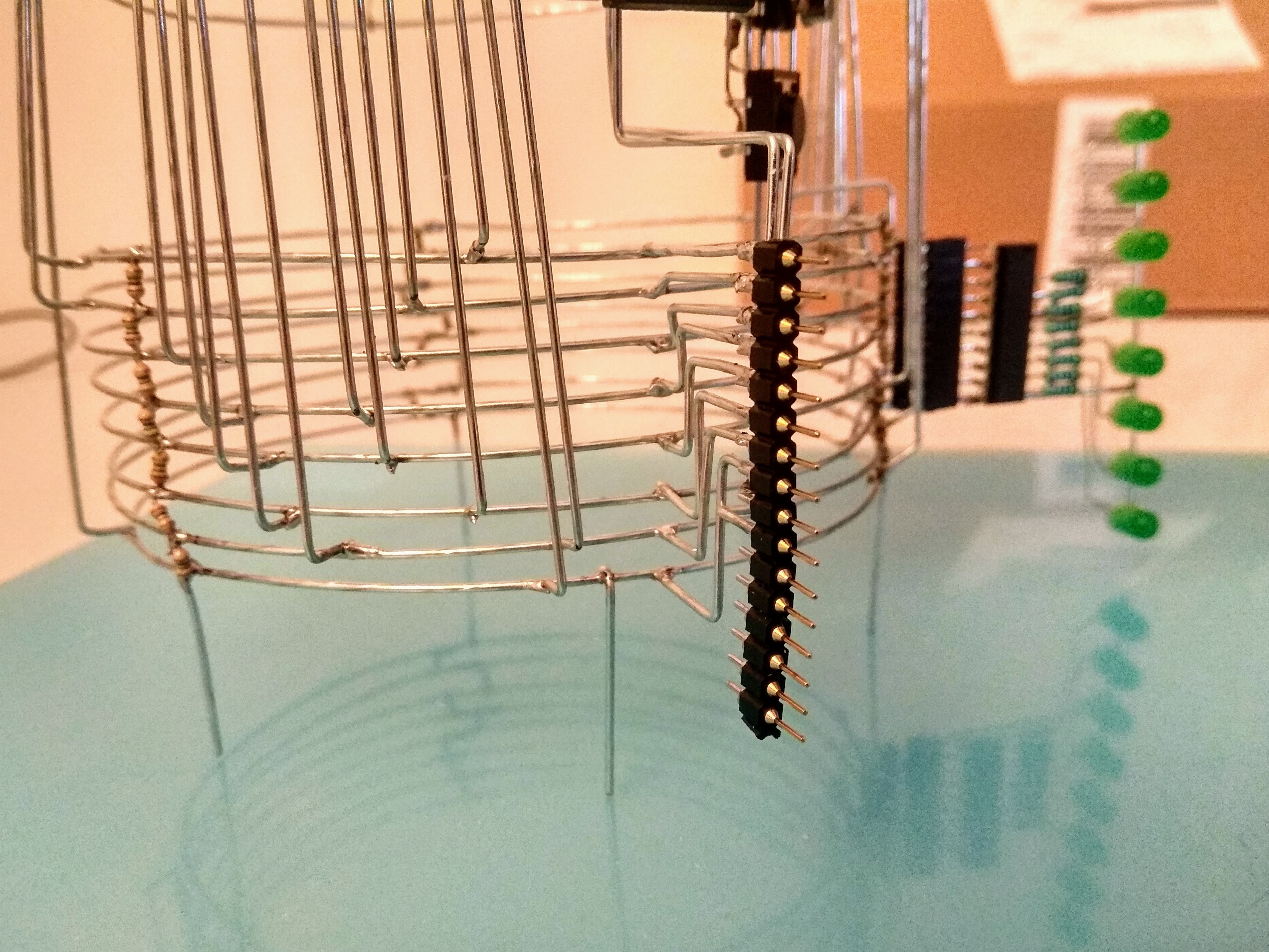
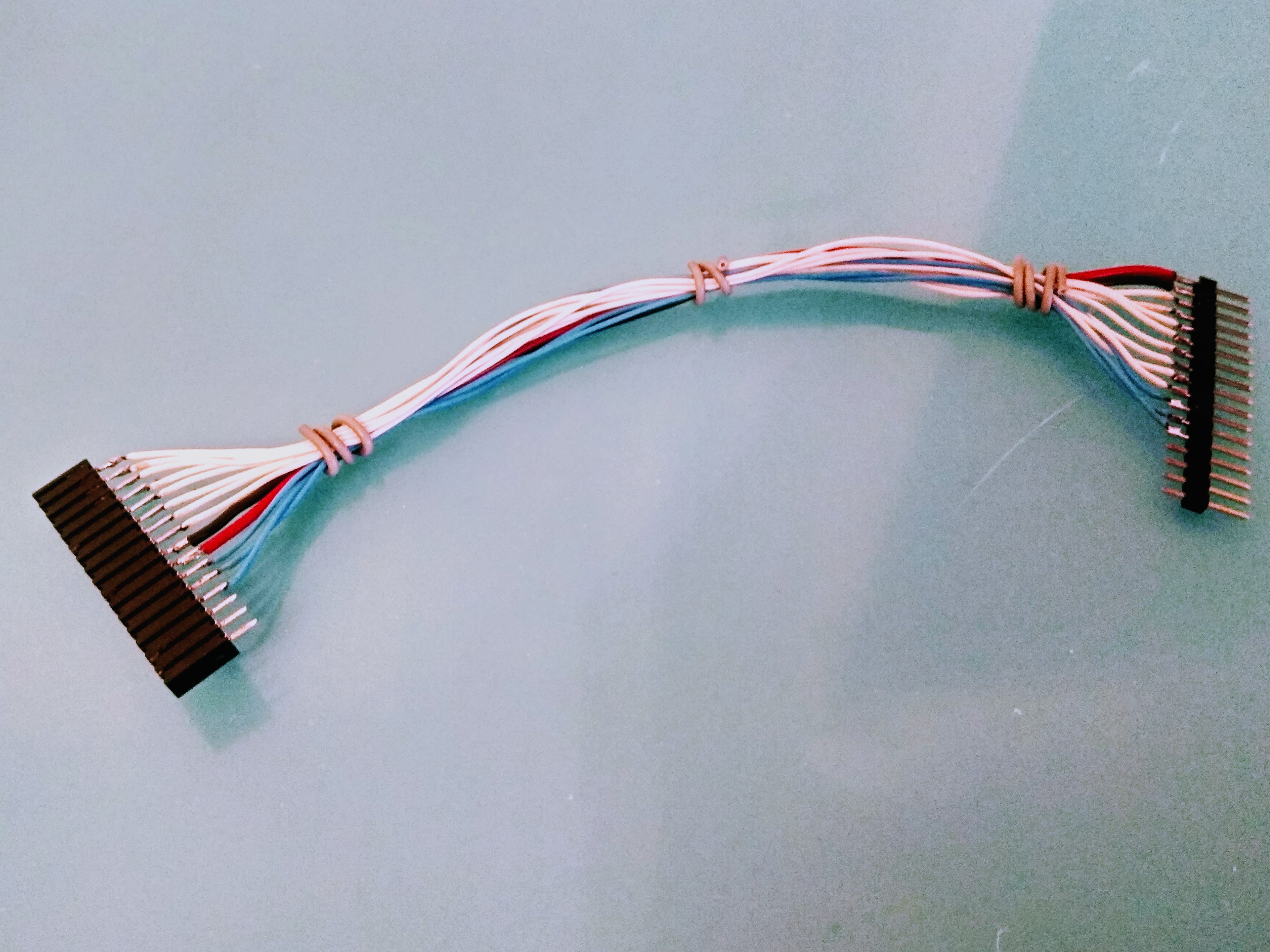
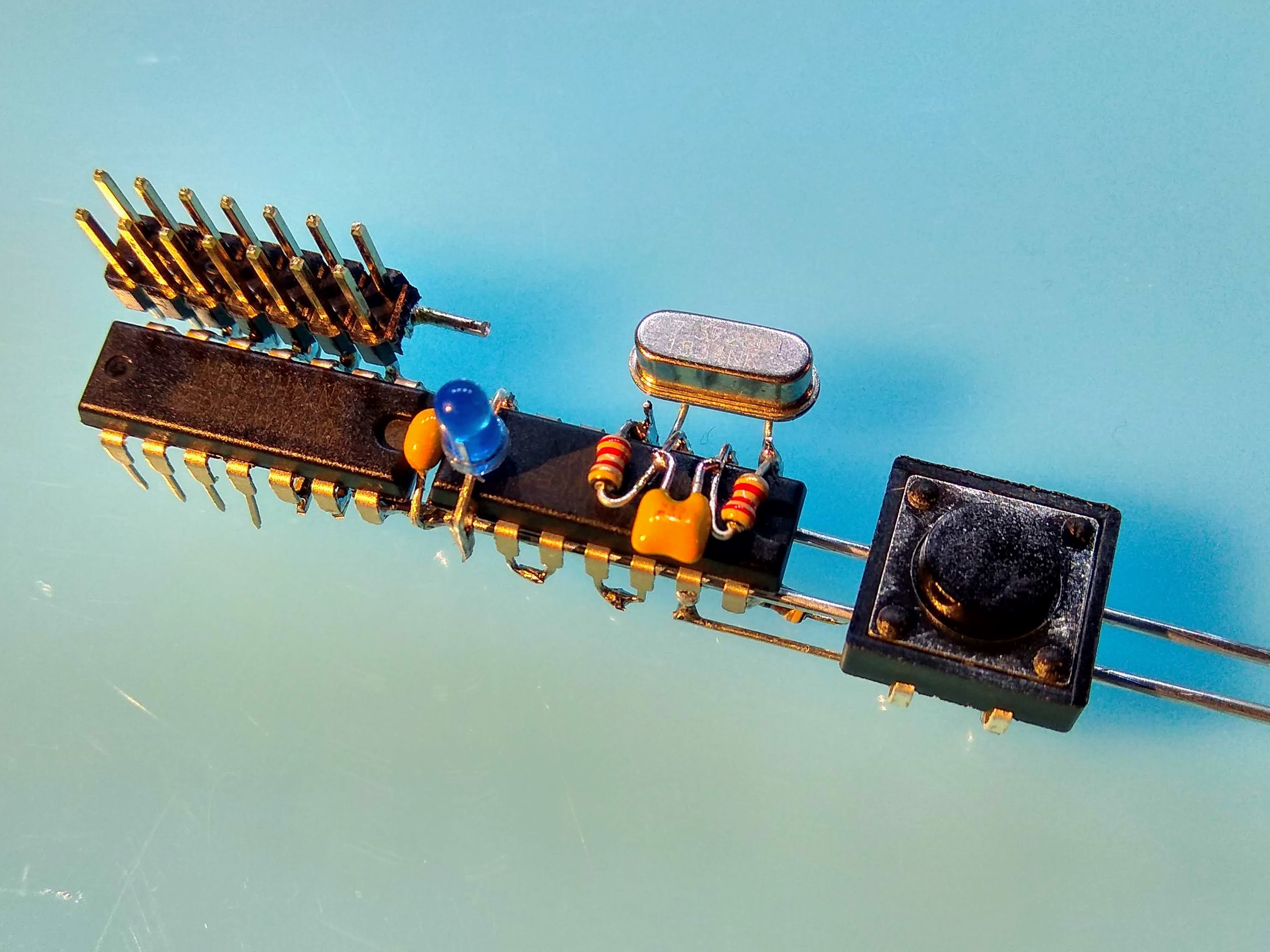
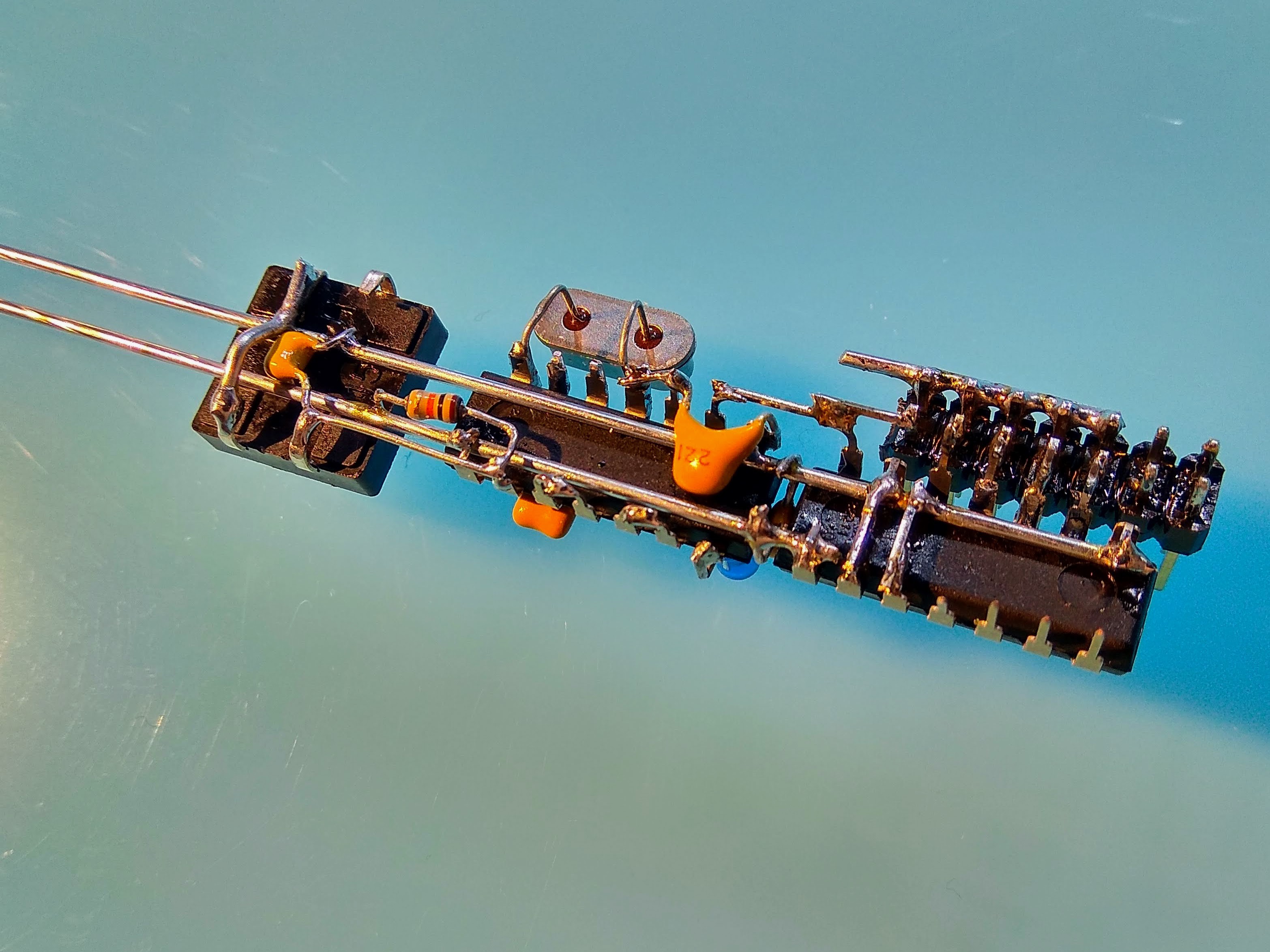
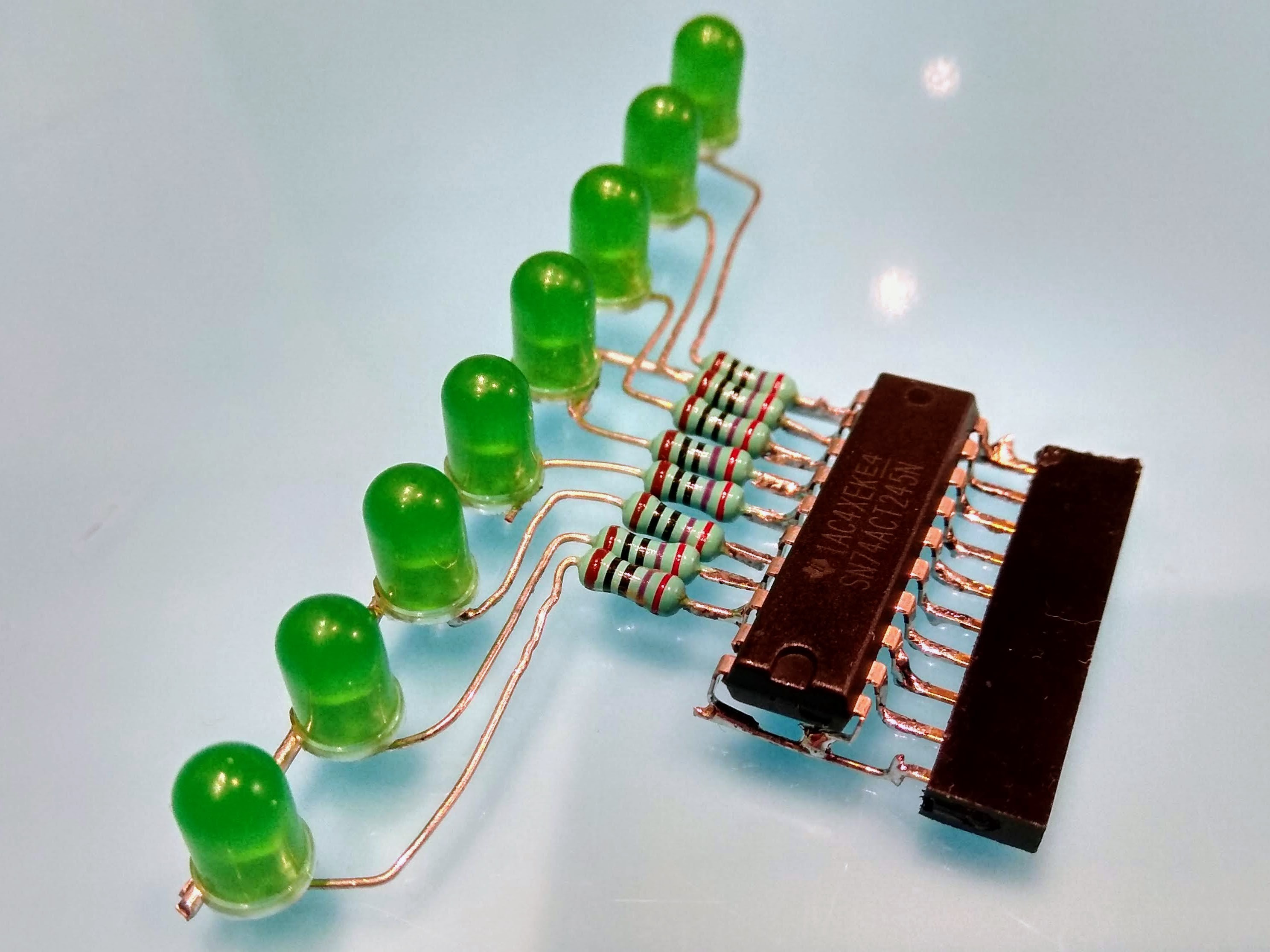
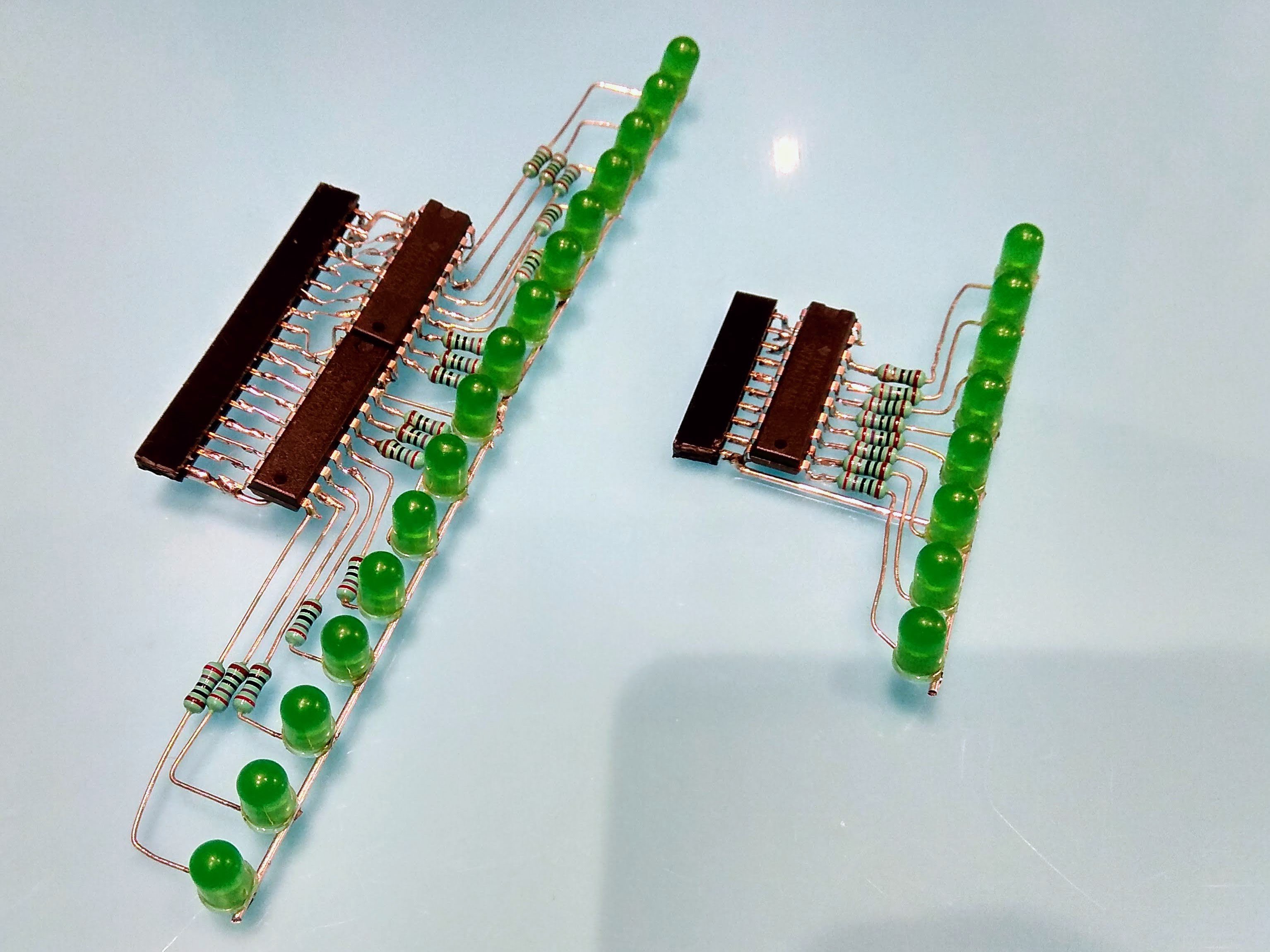
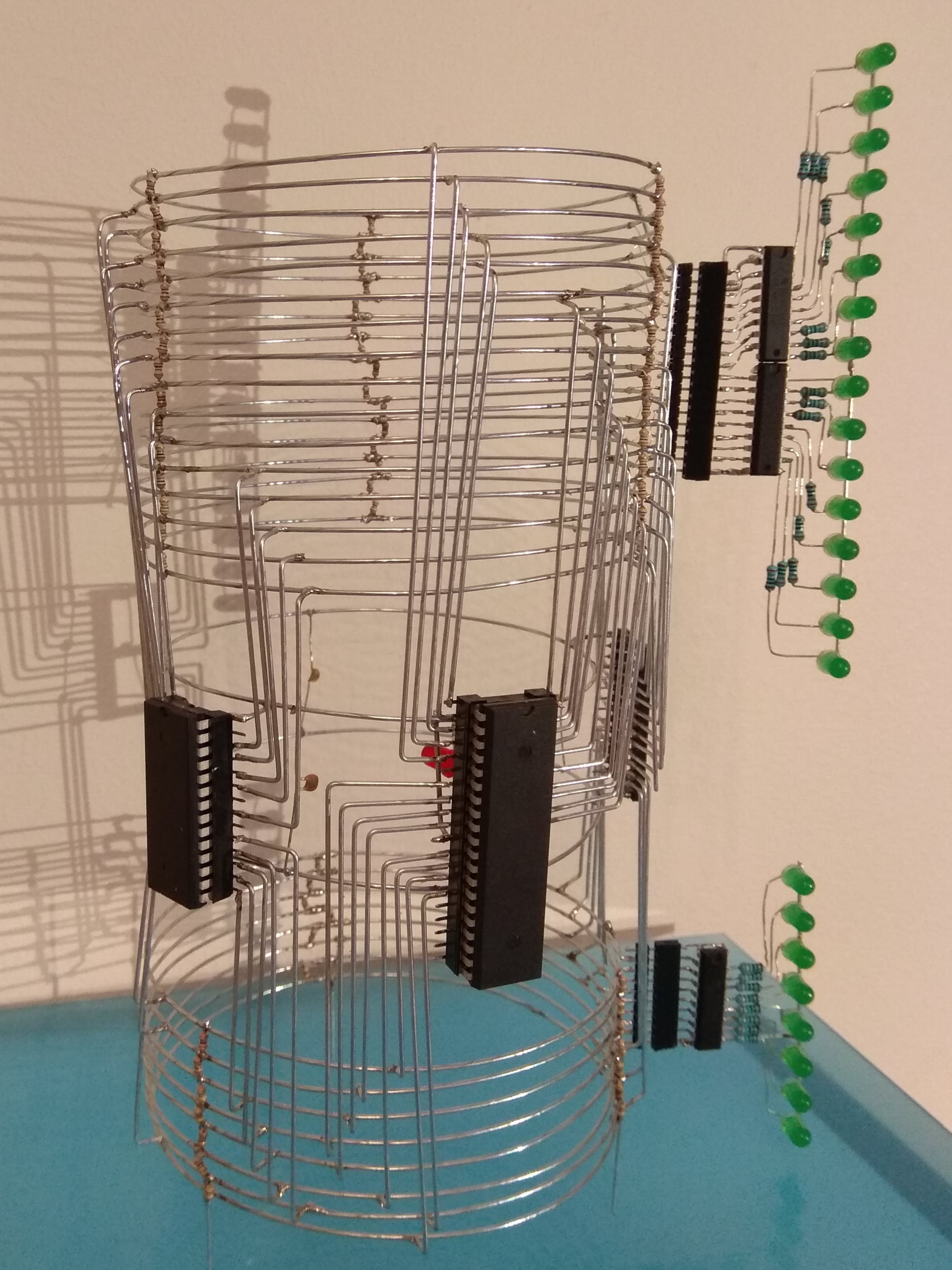

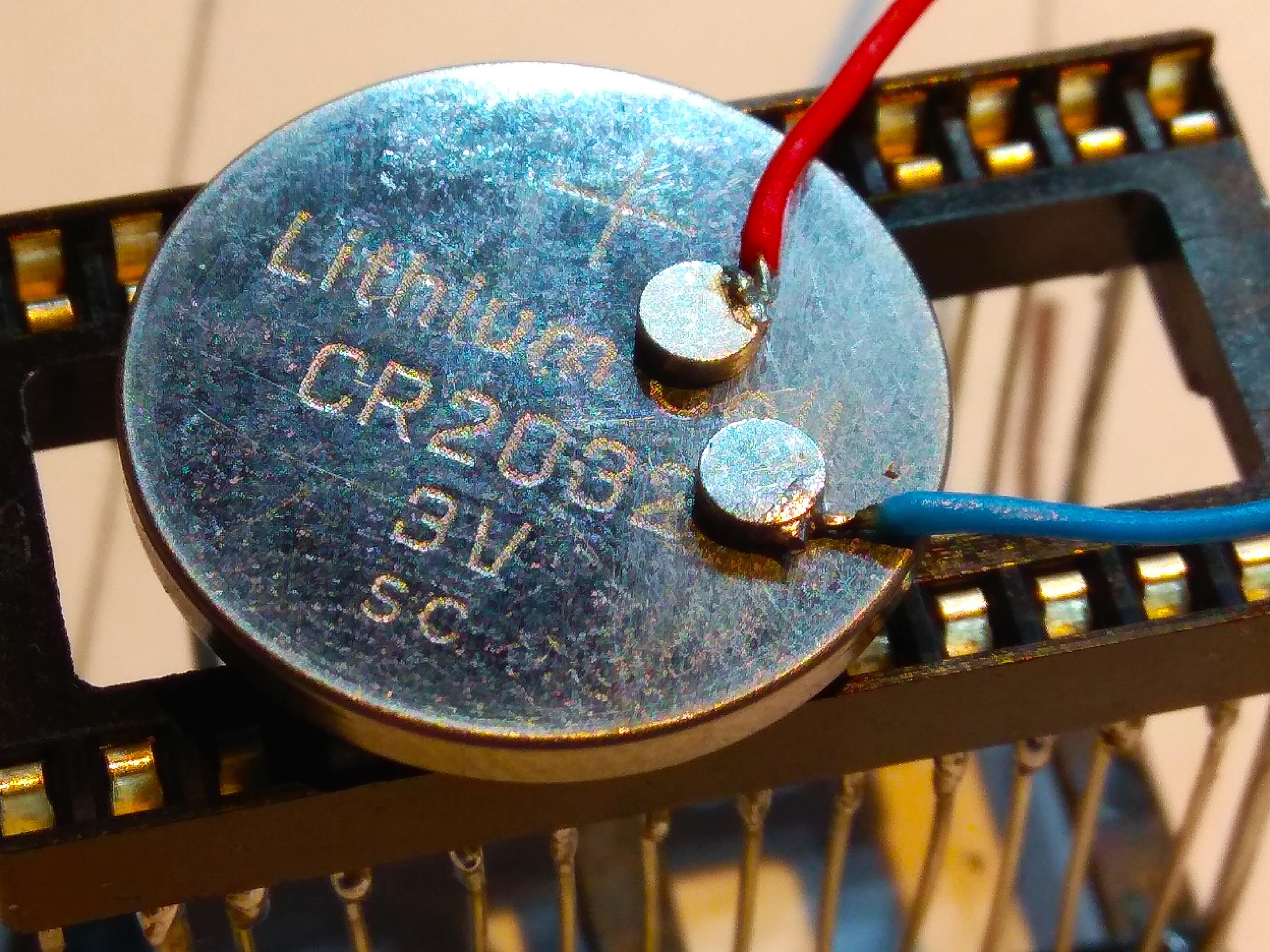
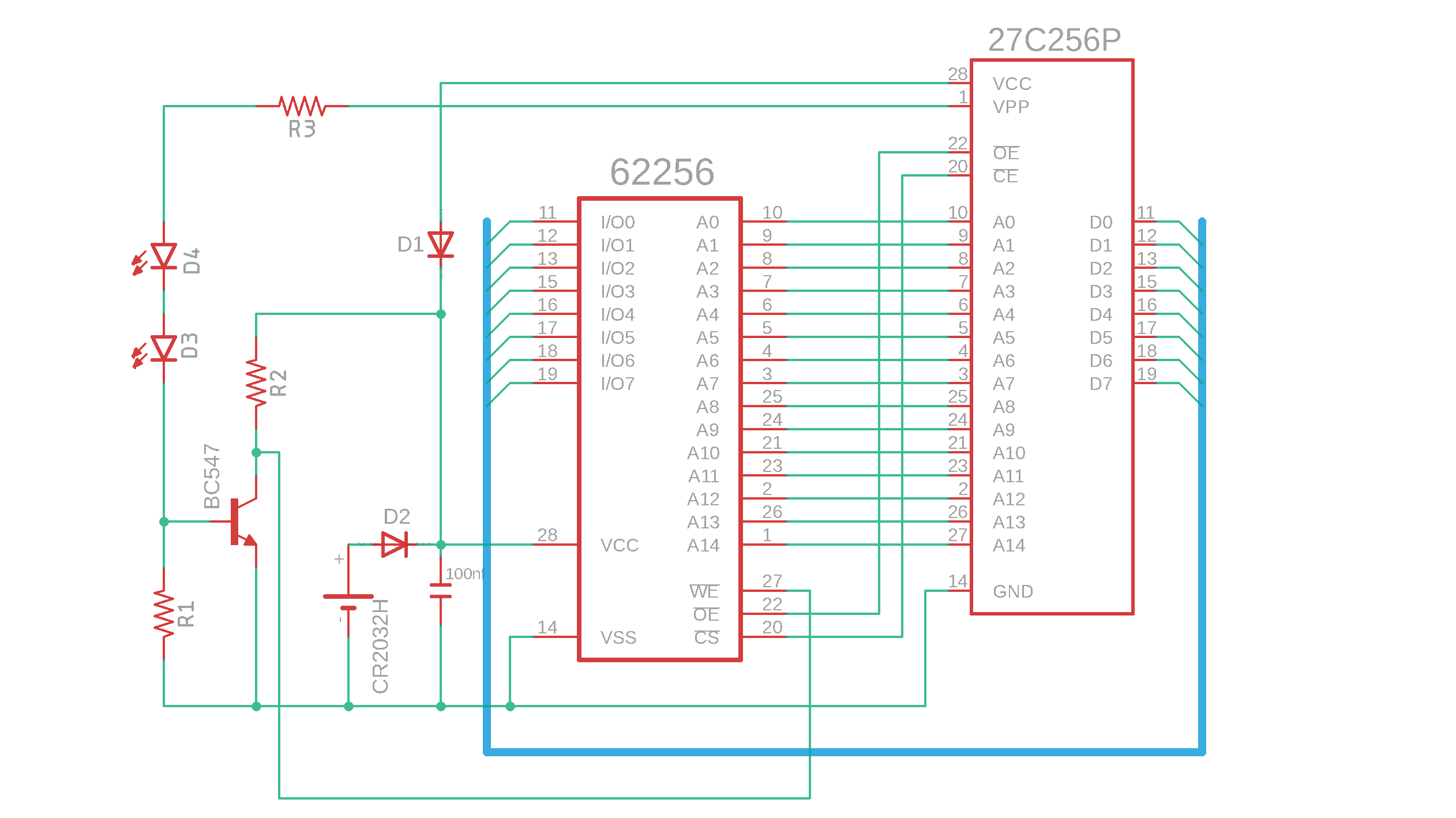
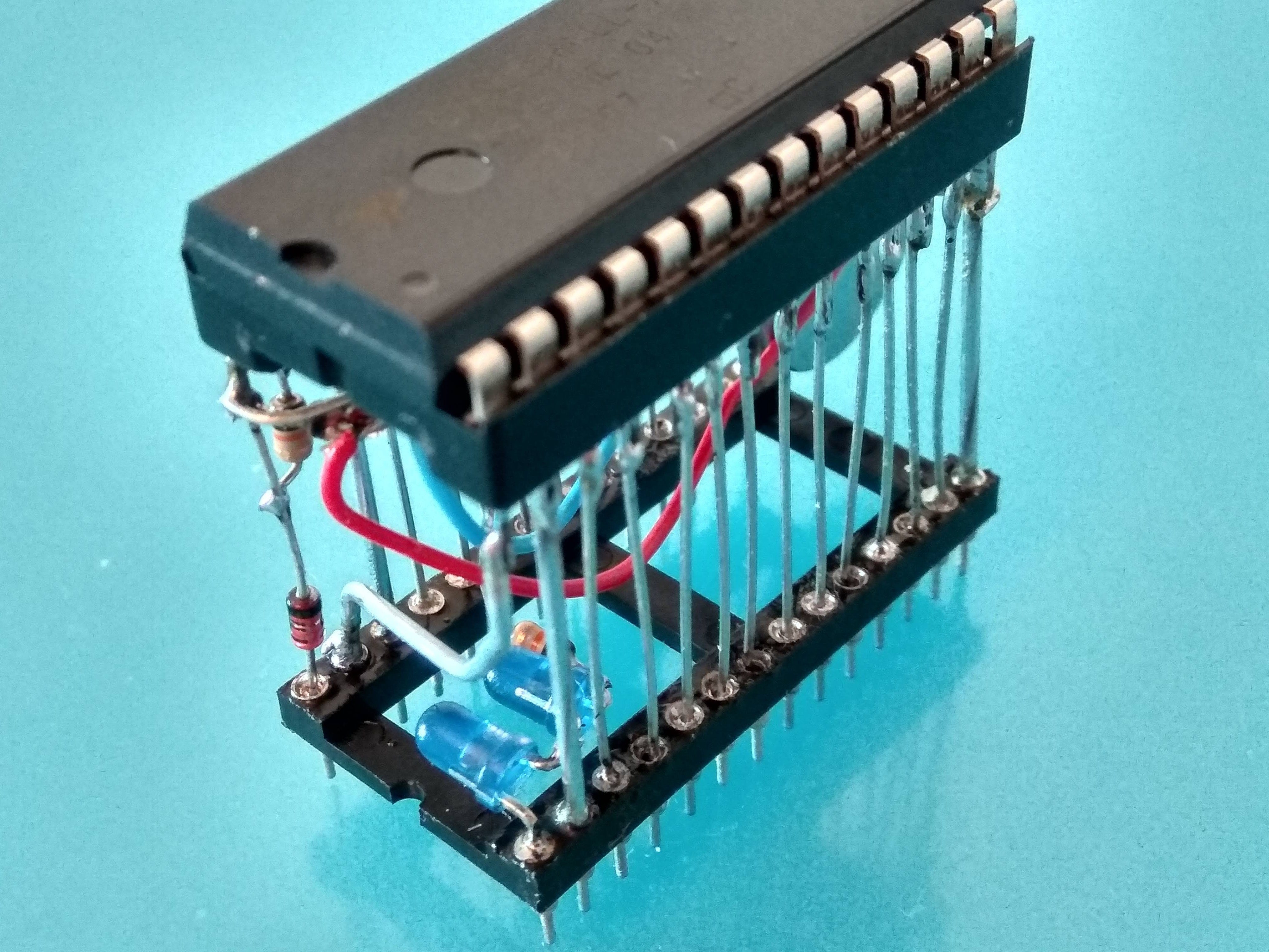
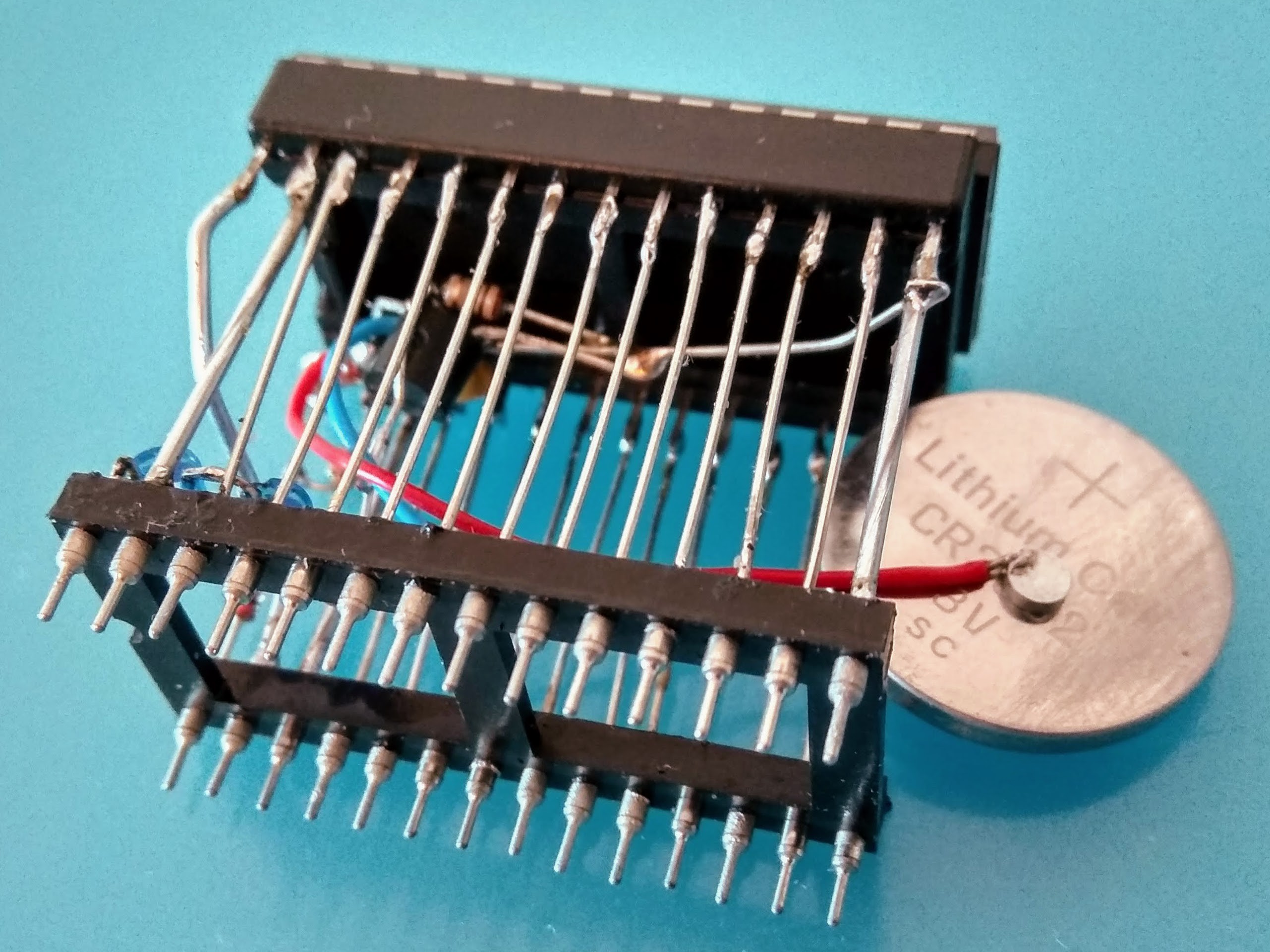
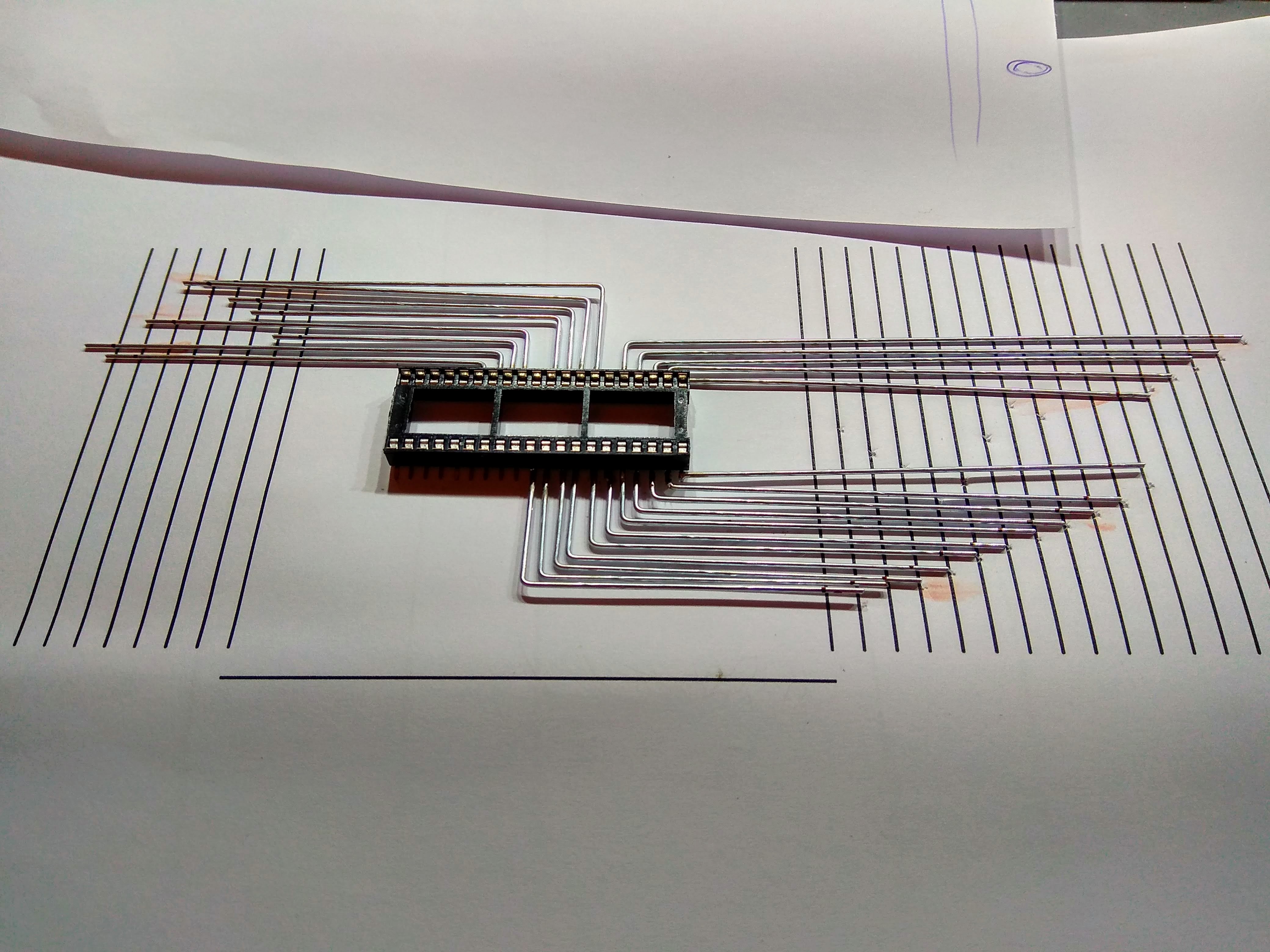
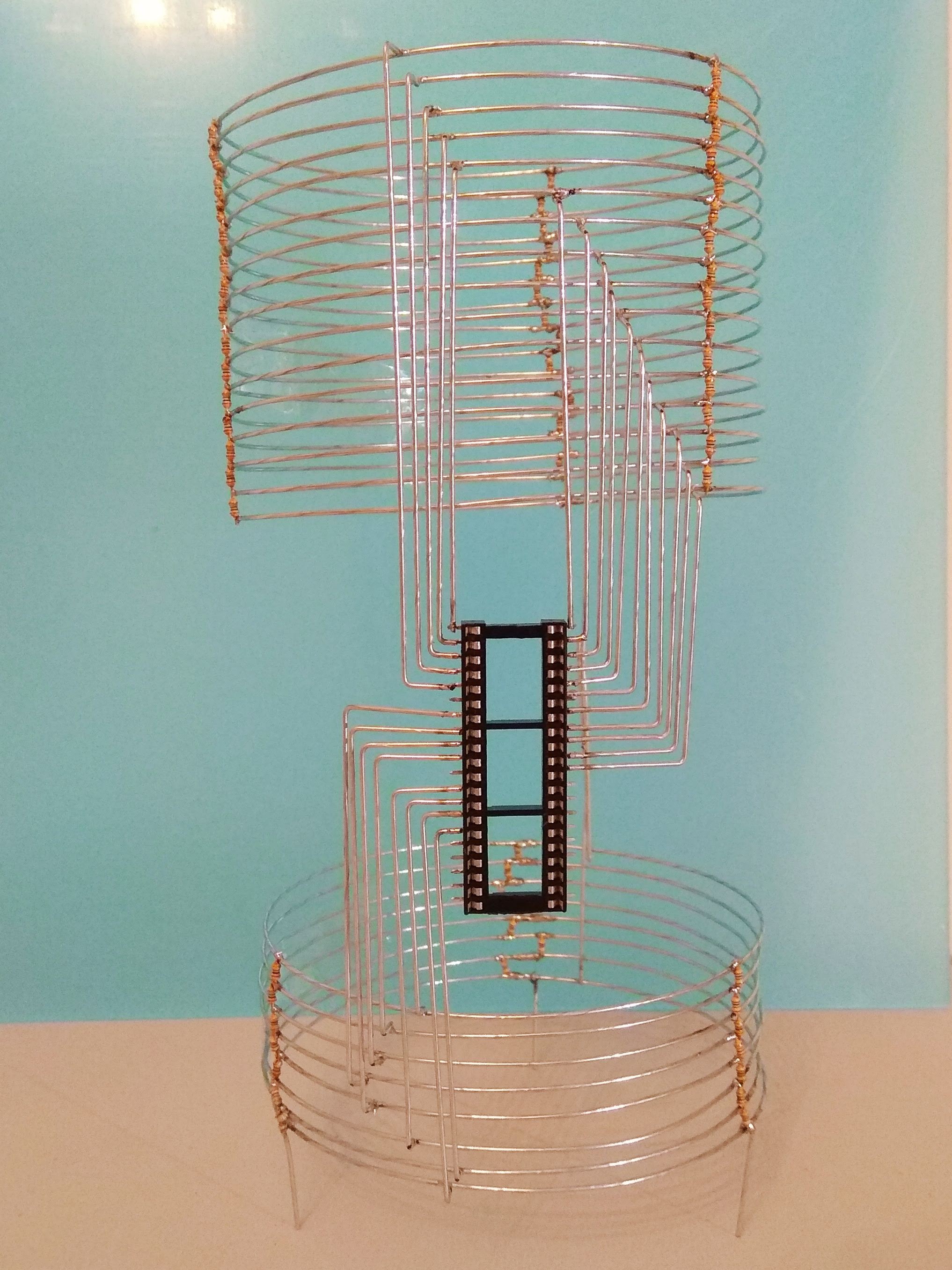
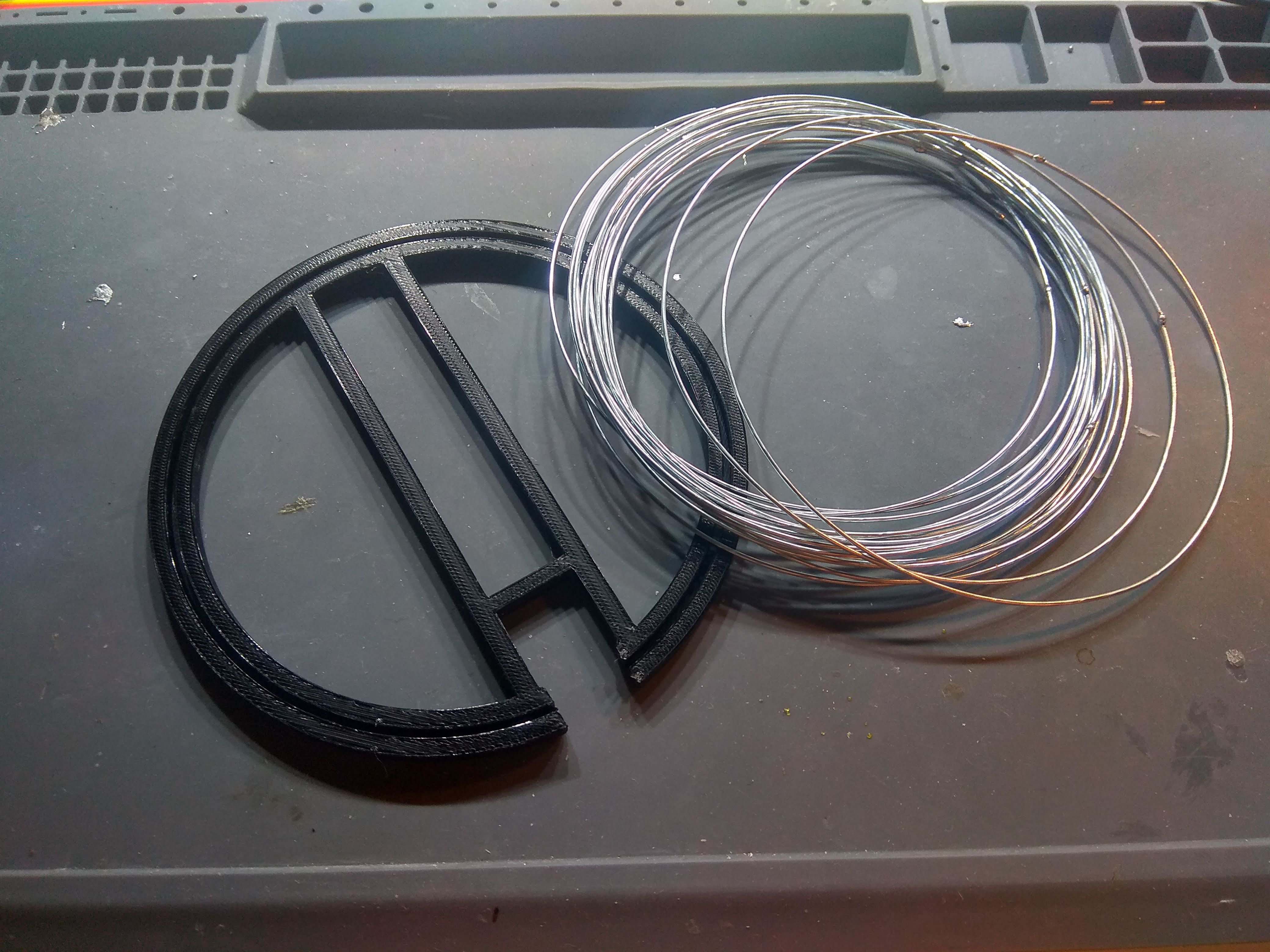
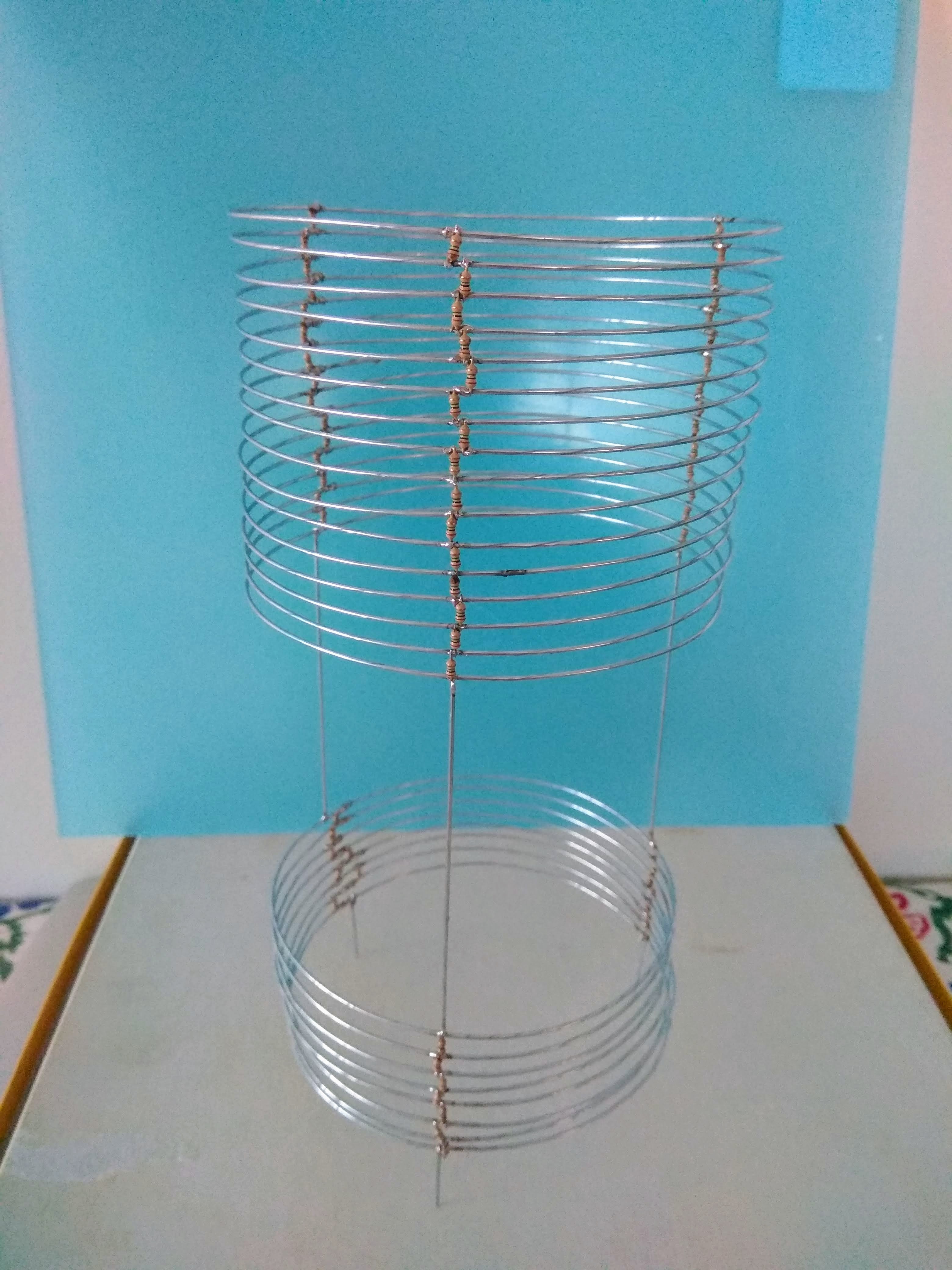
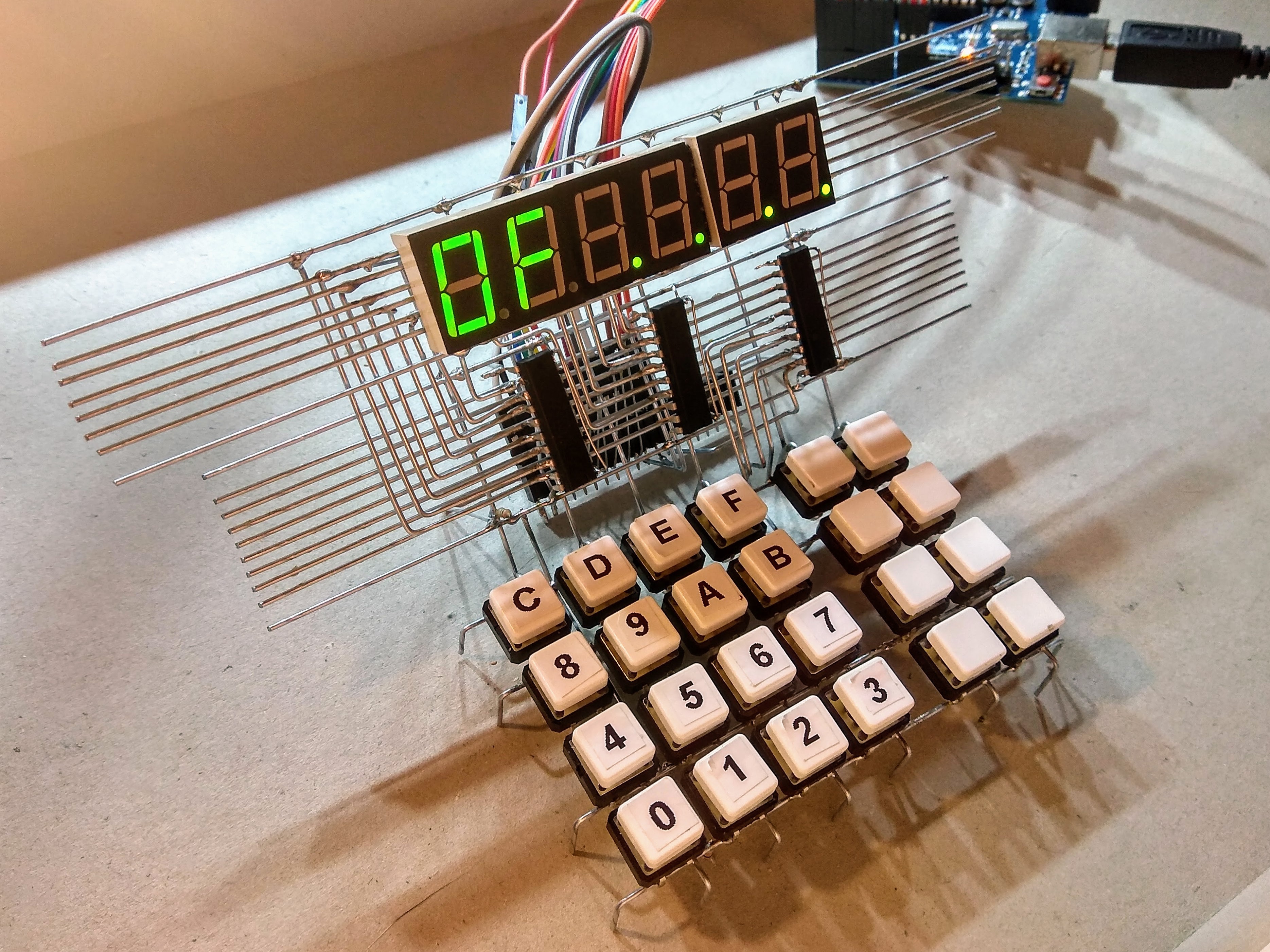
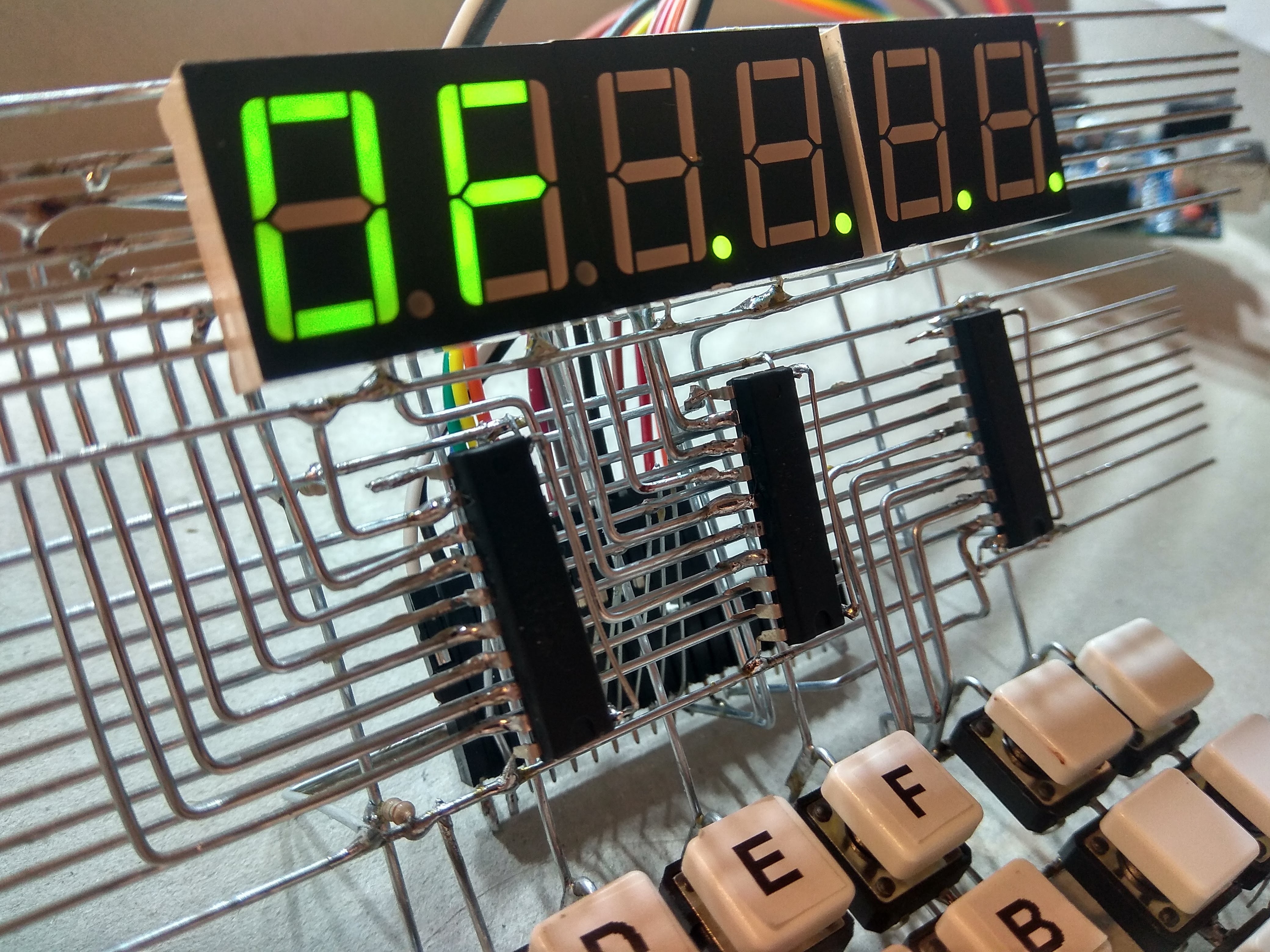




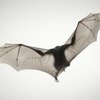





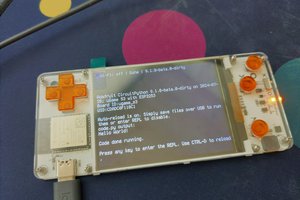
 deʃhipu
deʃhipu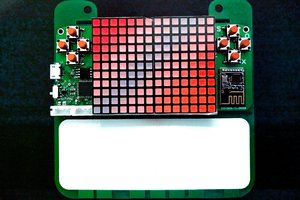
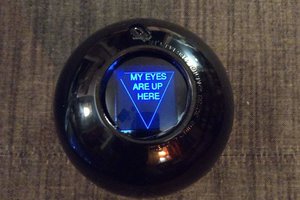
 Ronald McCollam
Ronald McCollam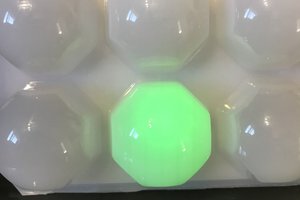
So very cool. I absolutely love how detailed your project logs are, and the LEDs indicating the bus states are a great touch. I would love to display something like this in my living room! This is giving me ideas...